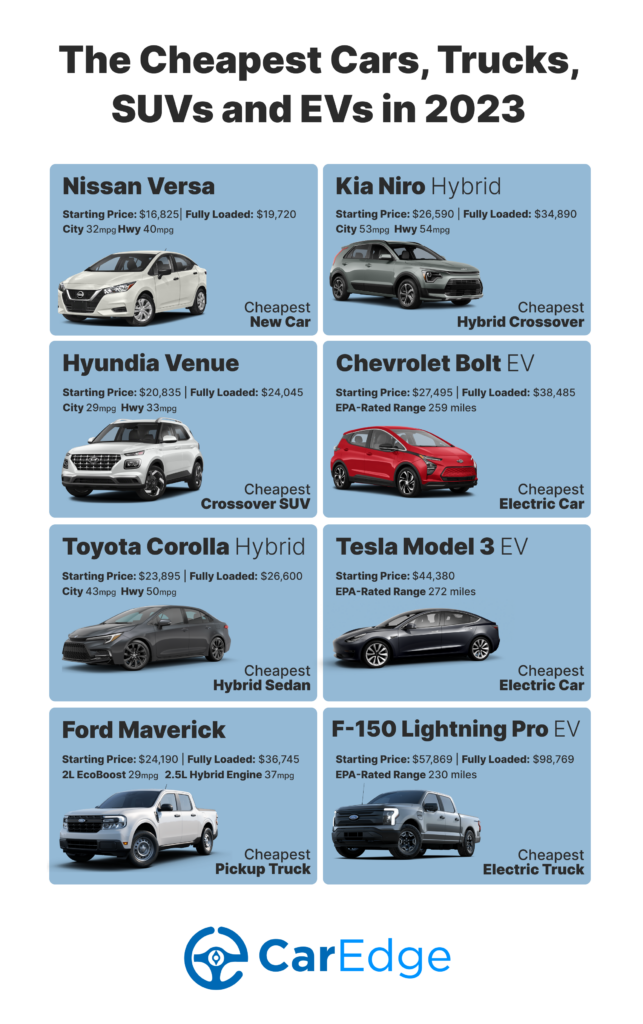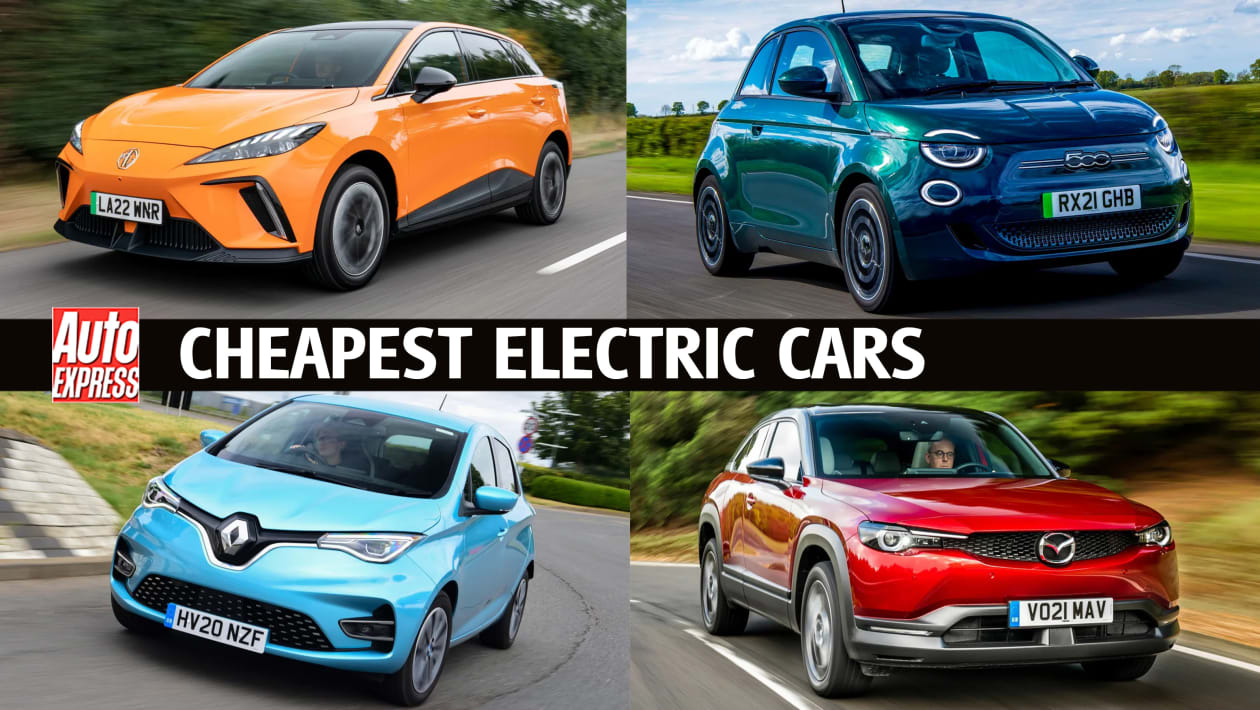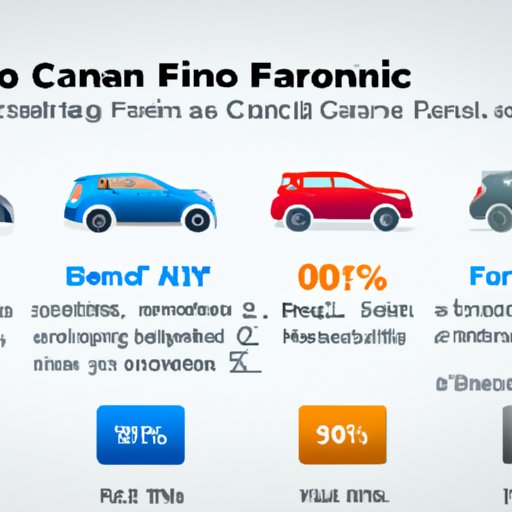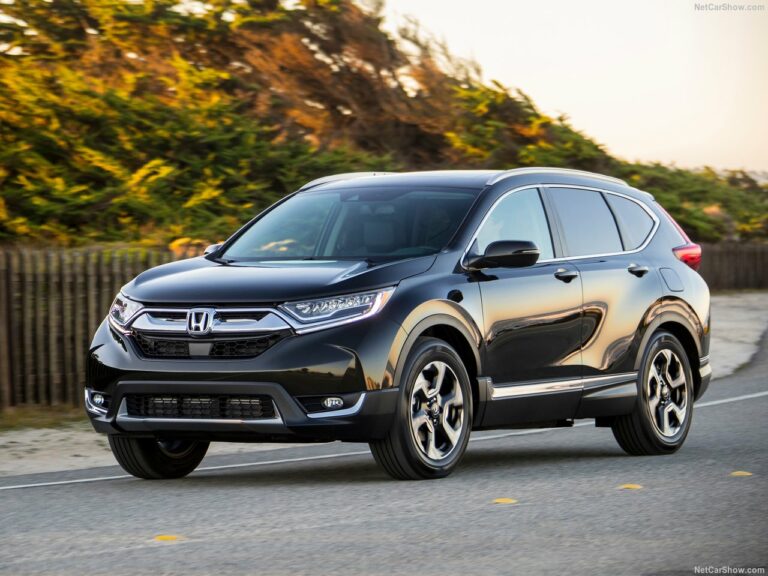What Is The Cheapest Car Brand? Unveiling True Automotive Affordability
What Is The Cheapest Car Brand? Unveiling True Automotive Affordability cars.truckstrend.com
In an era where car prices seem to climb relentlessly, the quest for the "cheapest car brand" has never been more relevant. For budget-conscious consumers, first-time buyers, or those simply seeking practical, no-frills transportation, identifying the most affordable option is a top priority. However, the answer isn’t as straightforward as picking the lowest sticker price. True affordability encompasses a complex interplay of initial purchase cost, long-term ownership expenses, and the value proposition offered. This comprehensive guide will dissect what "cheapest" truly means in the automotive world, reveal the brands often vying for this title, and equip you with the knowledge to make an informed, economically sound decision.
Understanding "Cheapest": Beyond the Sticker Price
What Is The Cheapest Car Brand? Unveiling True Automotive Affordability
When people ask "What is the cheapest car brand?", they usually think of the Manufacturer’s Suggested Retail Price (MSRP). While the initial price tag is undeniably a critical factor, it’s merely the tip of the iceberg. A truly "cheap" car offers low total cost of ownership (TCO) over its lifespan. TCO includes:
- Initial Purchase Price: The upfront cost of buying the car.
- Fuel Efficiency: How much you spend on gas or charging over time.
- Insurance Costs: Premiums can vary significantly based on vehicle type, safety ratings, and repair costs.
- Maintenance and Repairs: The cost and frequency of servicing, parts, and unexpected fixes. Reliability plays a huge role here.
- Depreciation: The rate at which the car loses its value over time. Lower depreciation means more money back when you sell.
- Taxes and Fees: Registration, license plates, and sales taxes.

A car with a low sticker price but poor fuel economy, high insurance premiums, or frequent, expensive repairs might end up being more costly in the long run than a slightly more expensive car with better TCO metrics. Therefore, our exploration of the cheapest car brands will consider both initial affordability and long-term value.
Factors Influencing Car Prices
Several interconnected factors determine a car’s price point, often explaining why some brands consistently offer lower-cost options:
- Brand Positioning and Strategy: Some brands intentionally target the budget segment, focusing on volume sales with lower profit margins per unit.
- Manufacturing Efficiency: Lean manufacturing processes, economies of scale, and global supply chains can reduce production costs.
- Technology and Features: Basic models from budget brands often forgo advanced infotainment systems, luxury materials, and cutting-edge safety features found in premium vehicles.
- Research and Development (R&D): Brands that utilize older, proven platforms or share components across multiple models can save significantly on R&D expenses.
- Market Demand and Competition: Intense competition in the entry-level segment can drive prices down.
- Geographic Market: Prices, available models, and even brand presence can vary significantly by country due to local regulations, taxes, and consumer preferences.


Identifying the Contenders: Common "Cheapest" Car Brands
Globally, several brands consistently appear on lists for offering the most affordable vehicles, particularly their entry-level models. It’s important to note that specific models and their availability vary by region.
- Mitsubishi: Historically known for its competitive pricing, especially with models like the Mirage (the cheapest new car in the US for several years). While their lineup has shrunk, they continue to offer value.
- Nissan: With models like the Versa and Kicks, Nissan frequently offers some of the lowest starting MSRPs in North America, providing basic, reliable transportation.
- Kia & Hyundai: While both brands have moved significantly upscale in recent years, their entry-level models (e.g., Kia Rio, Hyundai Venue) still represent excellent value for money, often boasting impressive warranties and features for their price point. They have a strong reputation for reliability and improved quality, which positively impacts TCO.
- Chevrolet: Through models like the now-discontinued Spark (a long-standing contender for the cheapest new car) and current offerings like the Trax, Chevrolet provides accessible options, particularly in the North American market.
- Dacia (Renault’s Budget Brand): Predominantly in Europe, Dacia is synonymous with extreme affordability. Brands like the Sandero, Logan, and Duster consistently top charts for lowest purchase prices, focusing on core functionality and robust, proven mechanics.
- Suzuki: In various global markets (especially Asia and parts of Europe), Suzuki offers very affordable compact cars and SUVs, known for their reliability and fuel efficiency.
- Tata Motors & Mahindra & Mahindra: In markets like India, these brands offer ultra-budget options designed for mass accessibility, though they are not widely available in Western markets.
Deep Dive: What Makes These Brands Affordable?
The affordability of these brands stems from a deliberate strategy:
- Simplicity in Design: Less complex body panels, simpler interior layouts, and fewer electronic gizmos reduce manufacturing costs.
- Proven Powertrains: Often utilizing older, well-tested engine and transmission technologies that have already recouped their R&D costs. This also contributes to reliability and cheaper repairs.
- Shared Platforms: Many budget models are built on platforms shared with other vehicles (sometimes within the same automotive group, e.g., Renault-Nissan-Mitsubishi Alliance, Hyundai-Kia). This economies of scale approach significantly cuts development and production costs.
- Focus on Essentials: These vehicles prioritize fundamental transportation needs: getting from point A to point B reliably, safely, and efficiently. Luxury, performance, and cutting-edge features take a backseat.
- Targeted Marketing: Less extensive, high-gloss marketing campaigns compared to premium brands, saving on advertising budgets.
Benefits of Choosing a "Cheapest" Car Brand
Opting for a budget-friendly car brand comes with a host of advantages:
- Lower Initial Financial Outlay: The most obvious benefit, making car ownership accessible to a wider demographic.
- Reduced Insurance Premiums: Generally, less expensive cars cost less to insure because their repair costs are lower, and they are less likely to be stolen for high-value parts.
- Excellent Fuel Economy: Many entry-level cars are small, lightweight, and powered by efficient small-displacement engines, leading to significant savings at the pump.
- Cheaper Maintenance and Repairs: Simpler mechanics often translate to lower labor costs and more affordable parts.
- Ideal for Specific Needs: Perfect for first-time drivers, students, urban commuters who don’t need a large vehicle, or as a secondary household car.
- Less Financial Stress: Minor dents or scratches feel less catastrophic on a budget car compared to a luxury vehicle.
Important Considerations & Potential Challenges
While appealing, choosing the cheapest car brand also involves certain trade-offs:
- Feature Limitations: Expect fewer creature comforts, basic infotainment systems, and potentially less sophisticated active safety features (though passive safety standards are high across all new cars).
- Performance and Refinement: Engines may be less powerful, and the overall driving experience might be noisier or less refined compared to more expensive alternatives.
- Interior Quality: Materials might feel less premium, with more hard plastics and simpler upholstery.
- Resale Value: While some budget cars hold their value well due to demand for affordable transport, others might depreciate faster than more popular or premium models. Research specific model resale values.
- Availability: Some of the truly cheapest brands or models might not be available in all markets.
Practical Advice for Buyers on a Budget
To truly find the cheapest car for you, follow these actionable steps:
- Define Your Budget Holistically: Don’t just consider the purchase price. Factor in projected fuel, insurance, maintenance, and registration costs for at least the first 3-5 years.
- Prioritize Your Needs: List your absolute must-haves (e.g., specific safety features, cargo space) and distinguish them from nice-to-haves. This helps avoid overspending on unnecessary features.
- Research Specific Models: Once you’ve identified potential brands, dive deep into specific models. Read reviews, check reliability ratings (from sources like J.D. Power, Consumer Reports), and compare specifications.
- Get Insurance Quotes: Before you commit to a car, get insurance quotes for the exact model and trim you’re considering. This can reveal hidden costs.
- Test Drive Thoroughly: Don’t just take it around the block. Drive on highways, city streets, and parking lots to assess comfort, visibility, and performance.
- Consider Certified Pre-Owned (CPO): A CPO vehicle from a slightly higher-tier brand can sometimes offer better long-term value and features for a similar price to a new, bare-bones budget car.
- Don’t Discount Used Cars: The absolute cheapest car to own is often a reliable, well-maintained used vehicle that has already taken its biggest depreciation hit. Focus on models known for longevity and low repair costs (e.g., older Honda Civics/Fits, Toyota Corollas/Yaris).
Cheapest Car Brand: Illustrative Price Table (Entry-Level Models)
Please note: Prices are approximate Starting MSRP (Manufacturer’s Suggested Retail Price) for base models in North America (USD) and Europe (EUR) as of late 2023/early 2024. Actual prices vary significantly by region, trim level, optional features, and market conditions. This table is for illustrative purposes only.
| Brand | Common Entry-Level Model | Approx. Starting MSRP (USD/EUR) | Key Features (Base Model) | Est. Fuel Economy (Combined) | Notes |
|---|---|---|---|---|---|
| Mitsubishi | Mirage | $16,695 (USD) | Basic infotainment, compact size, 10-year/100k warranty | 39 MPG | Often cited as the cheapest new car in the US. Known for simplicity and fuel efficiency. |
| Nissan | Versa | $16,130 (USD) | Manual windows on base, essential safety features, spacious | 35 MPG | Consistently among the lowest-priced sedans. Good trunk space for its class. |
| Kia | Rio | $17,045 (USD) | Standard Apple CarPlay/Android Auto, good warranty | 36 MPG | Strong value proposition, more refined than some rivals. Available as sedan or hatchback. |
| Hyundai | Venue | $19,950 (USD) | Compact SUV styling, 8-inch touchscreen, good warranty | 31 MPG | Hyundai’s smallest SUV, offering utility at an entry-level price. |
| Chevrolet | Trax | $21,495 (USD) | Modern styling, larger than previous entry models, FWD | 30 MPG | Chevrolet’s accessible SUV offering after Spark discontinuation. |
| Dacia | Sandero | €12,500 (EUR) | Basic functionality, rugged build, spacious for price | 5.5 L/100km | Europe’s quintessential budget brand. Focus on core function over frills. |
| Suzuki | Swift | €16,500 (EUR) (EU) | Compact, agile, good fuel economy, reliable | 4.9 L/100km | Popular in Asia/Europe for urban driving and low running costs. |
Frequently Asked Questions (FAQ)
Q1: Is the cheapest car brand always the best value?
A1: Not necessarily. While the initial price is low, true value comes from a low Total Cost of Ownership (TCO). A slightly more expensive car with better fuel economy, reliability, and resale value might be a better long-term investment.
Q2: Do cheaper cars break down more often?
A2: Not inherently. Modern budget cars, especially from established brands like Kia, Hyundai, Nissan, and Mitsubishi, are generally reliable, particularly their proven powertrains. What they lack in luxury, they often make up for in mechanical simplicity and robustness. Always check specific model reliability ratings.
Q3: What’s the difference between "cheap" and "affordable"?
A3: "Cheap" often refers strictly to the lowest initial purchase price. "Affordable" implies a balance of purchase price, running costs, and overall value that fits comfortably within a buyer’s budget, considering their long-term financial health.
Q4: Should I buy a new or used car if I’m on a tight budget?
A4: For the absolute lowest TCO, a reliable, well-maintained used car is often the winner. The biggest depreciation hit occurs in the first few years. However, new cars offer warranties, the latest safety features, and no prior owner issues. It depends on your risk tolerance and priorities.
Q5: Are electric vehicles (EVs) from "cheapest" brands available?
A5: The upfront cost of EVs is generally higher than comparable gasoline cars, even from budget brands. However, some manufacturers are introducing more affordable EVs (e.g., Dacia Spring Electric in Europe, upcoming budget EVs from Chinese brands). EVs often have lower running costs (fuel, maintenance), which can offset the higher initial price over time, especially with government incentives.
Q6: How can I find out the TCO for a specific car?
A6: Websites like Edmunds.com, Kelley Blue Book (KBB.com), and AAA often provide TCO calculators or estimates for various models, factoring in depreciation, fuel, insurance, maintenance, and financing. Your insurance provider can give you exact quotes.
Conclusion
The quest for "the cheapest car brand" is a nuanced journey that extends far beyond the showroom sticker price. While brands like Mitsubishi, Nissan, Kia, Hyundai, and Dacia consistently offer some of the lowest initial costs, true affordability is found in understanding and calculating the Total Cost of Ownership. By prioritizing your needs, meticulously researching specific models, and considering all long-term expenses, you can confidently navigate the market. Choosing a budget-friendly car doesn’t mean sacrificing reliability or safety; rather, it’s a smart financial decision that can provide practical, efficient transportation for years to come, proving that smart budgeting can indeed lead to satisfying car ownership.





